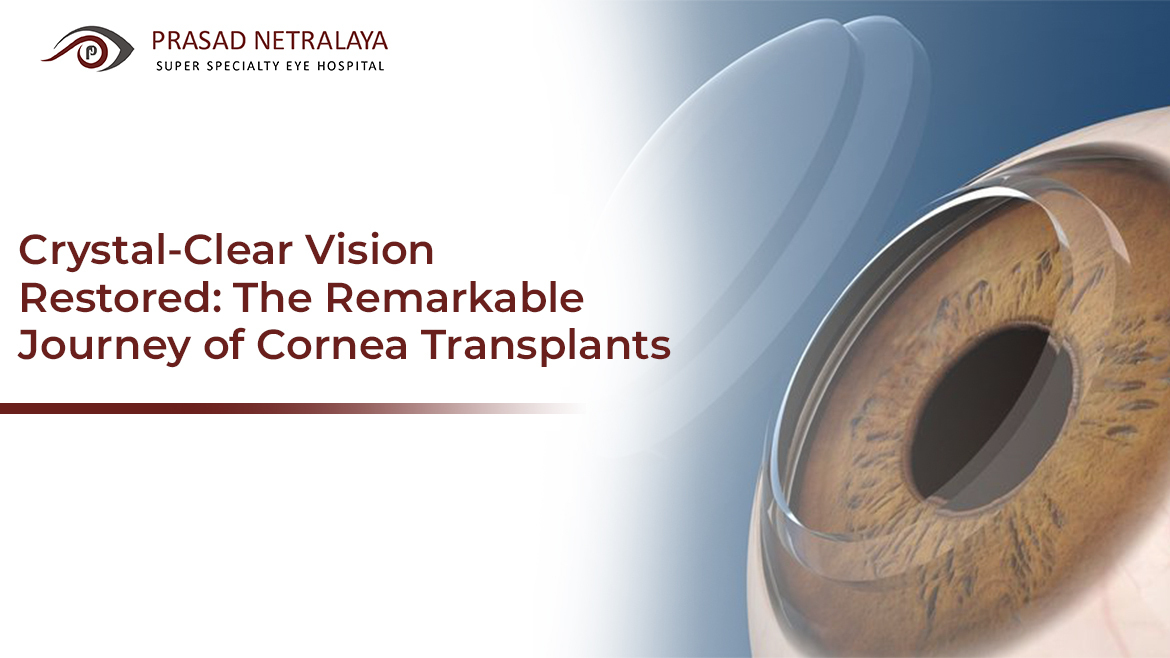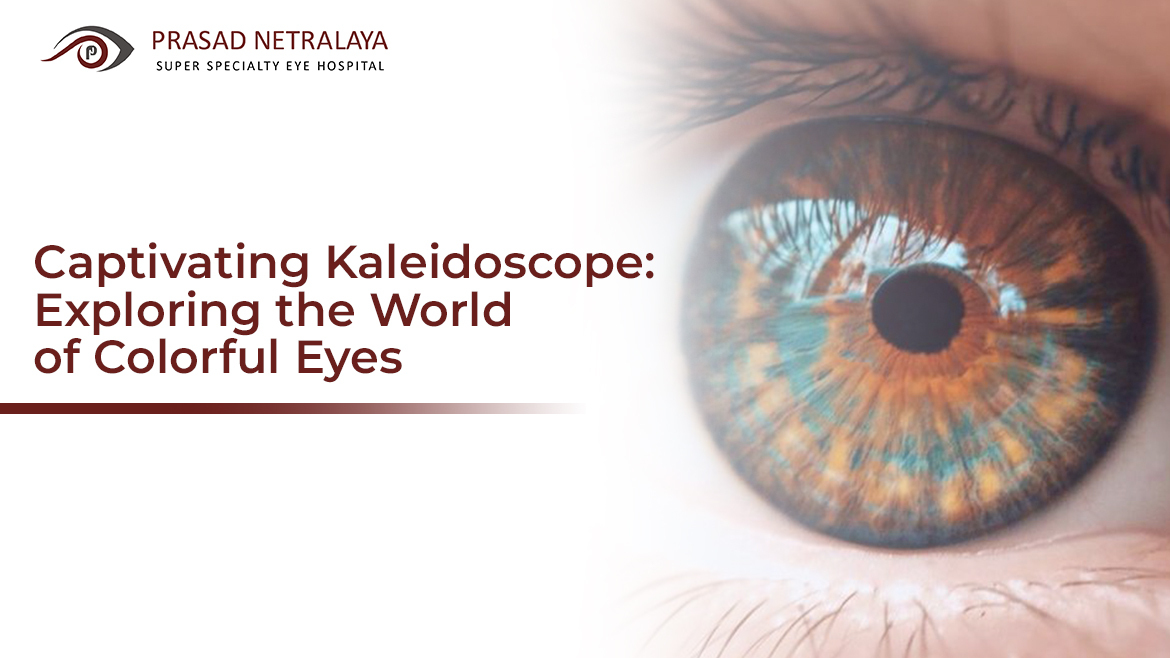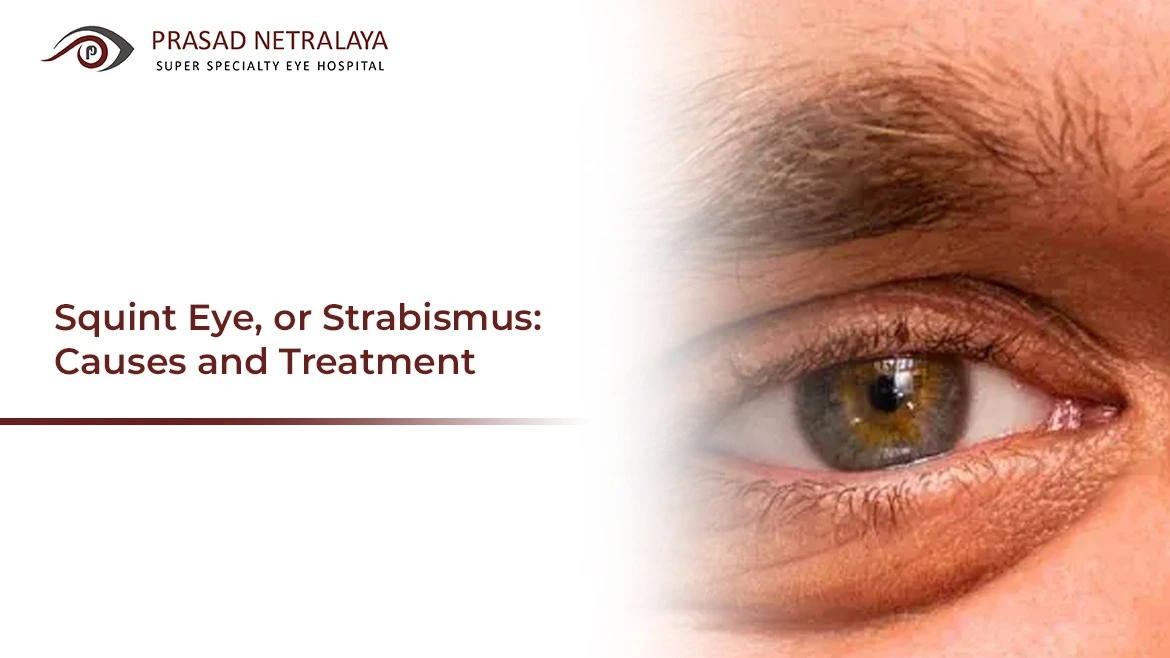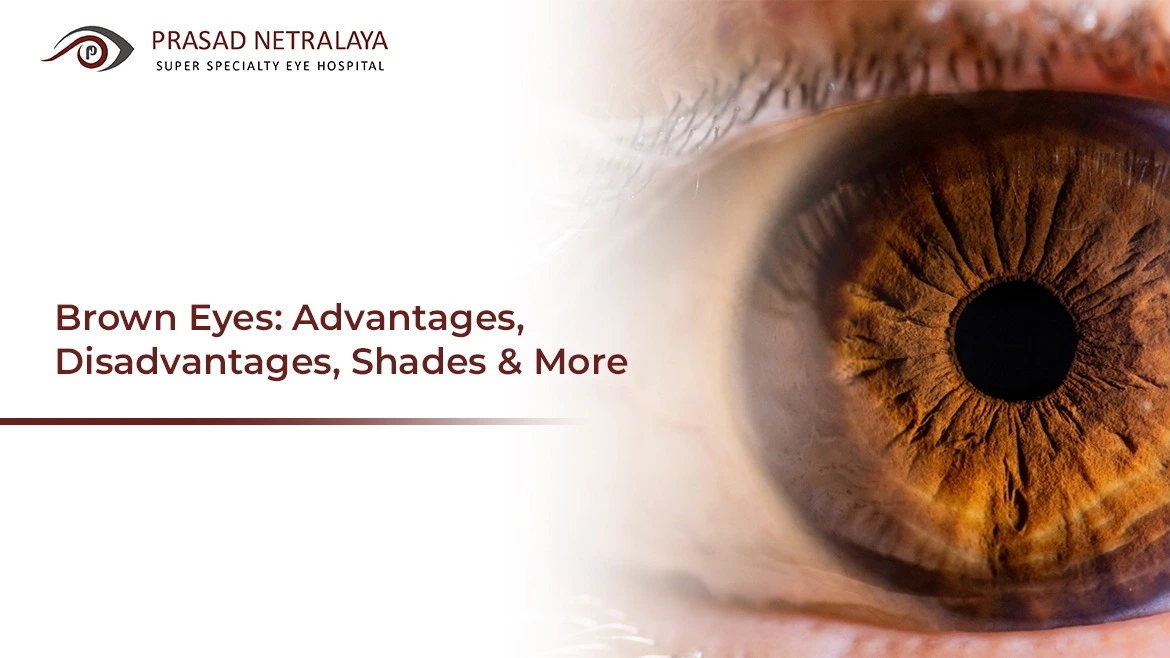The human eye is a convoluted element in which the cornea is critical to seeing things clearly. However, various diseases can compromise the cornea’s integrity, reducing eyesight. In such circumstances, corneal transplantation emerges as a vital approach, enabling individuals to regain crystal-clear eyesight. The significance of corneal transplants is the capacity to improve or restore vision, allowing individuals to live…




